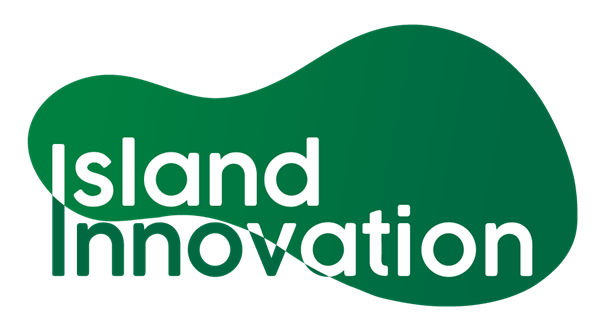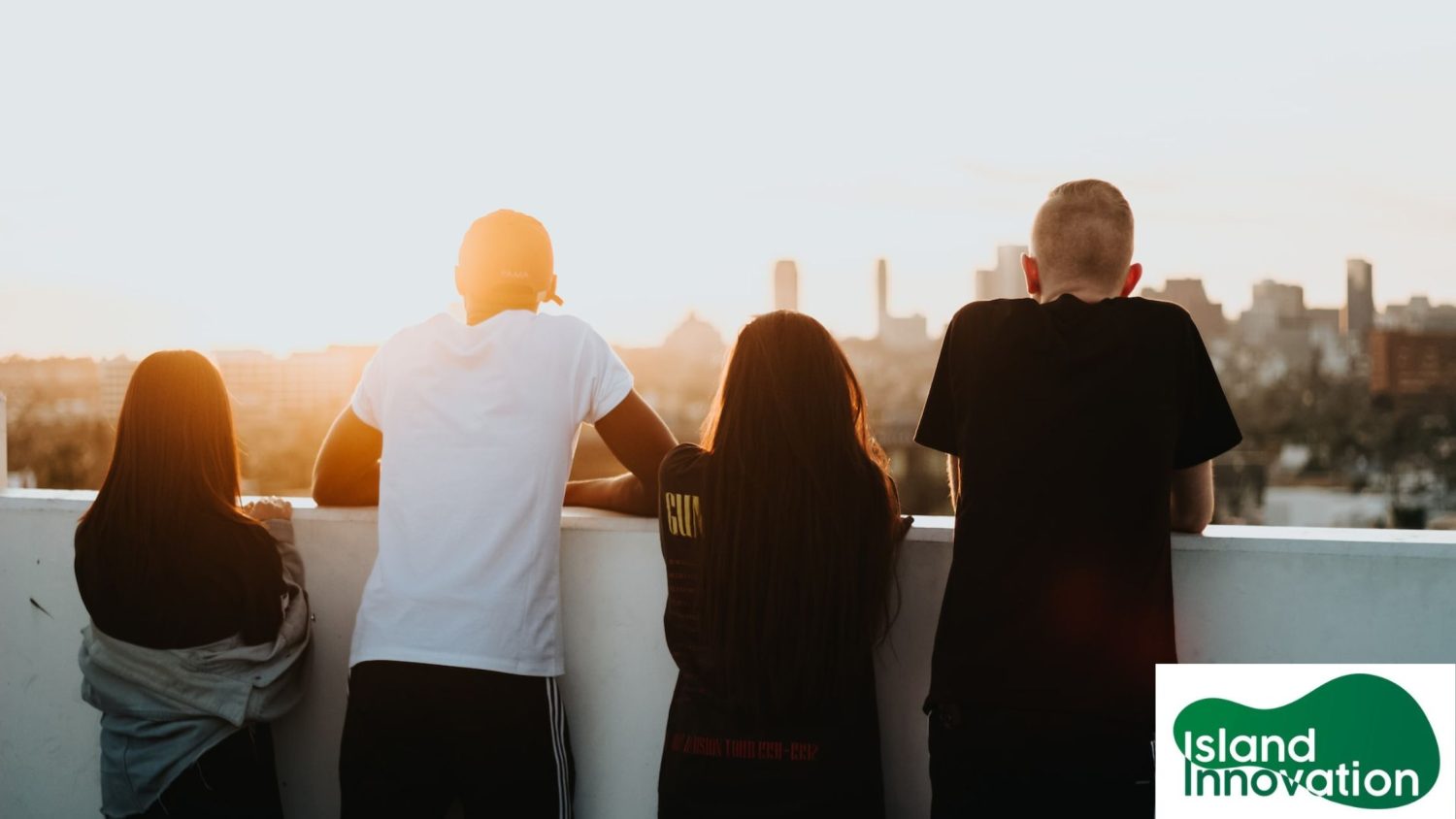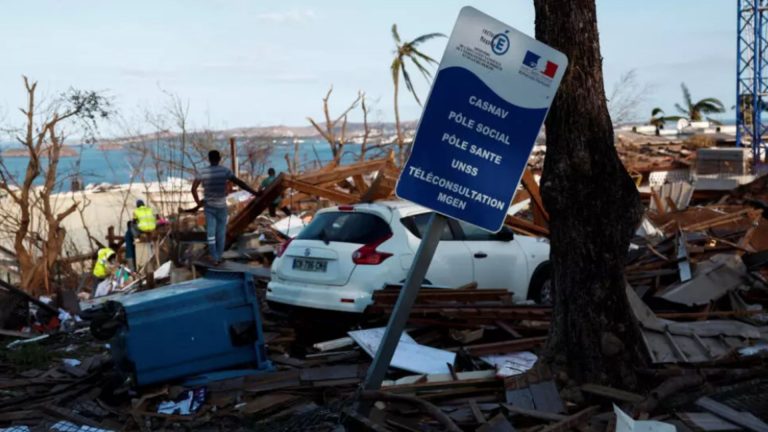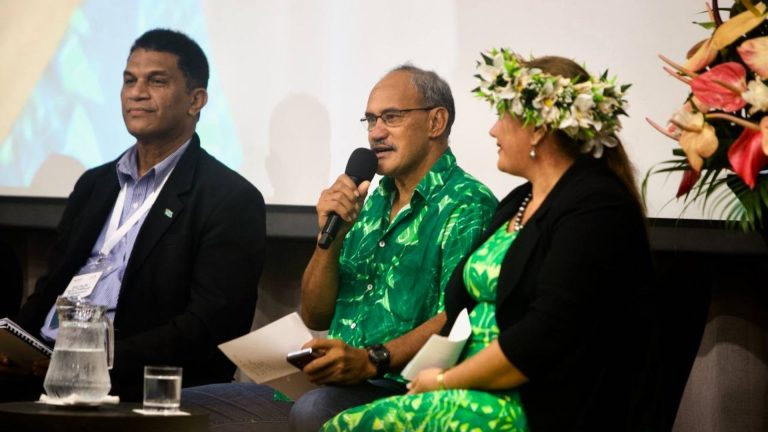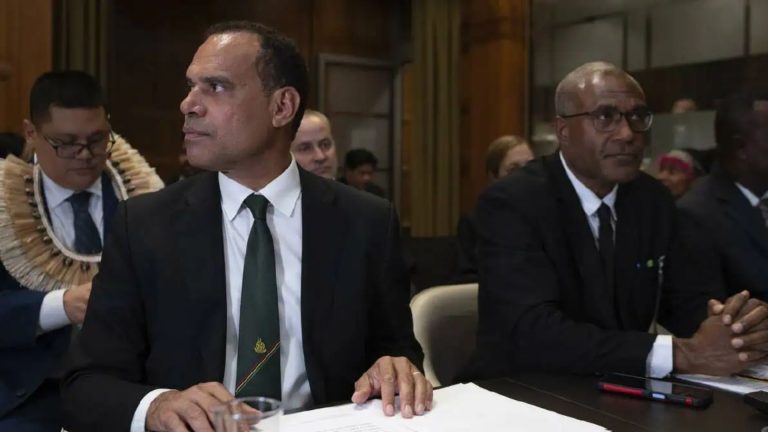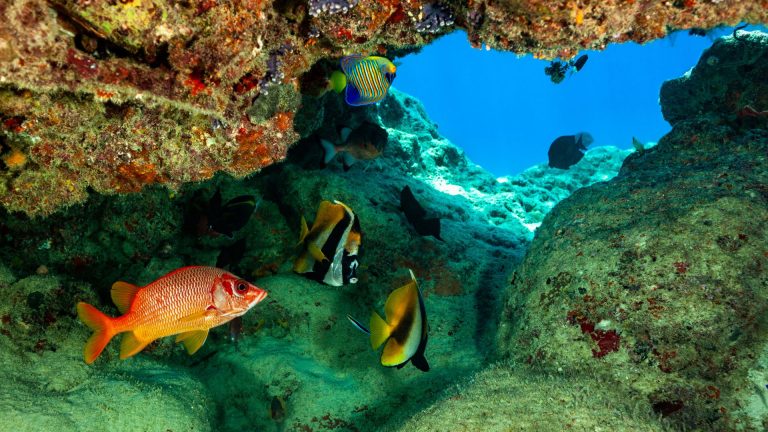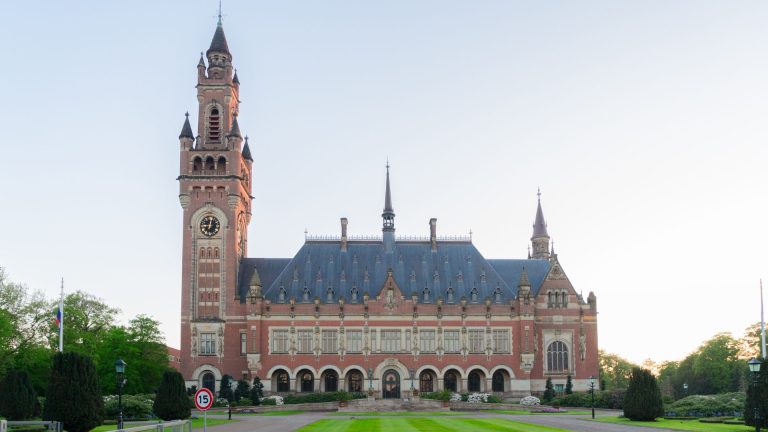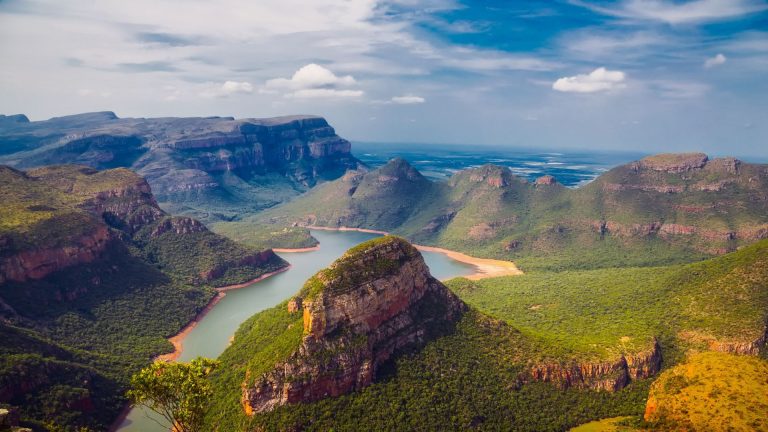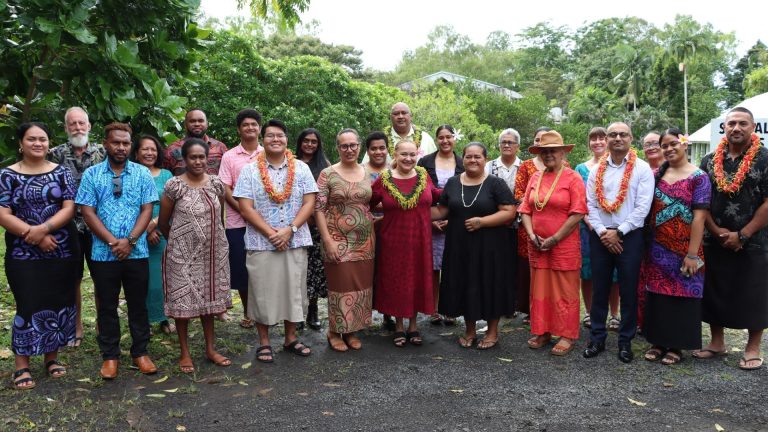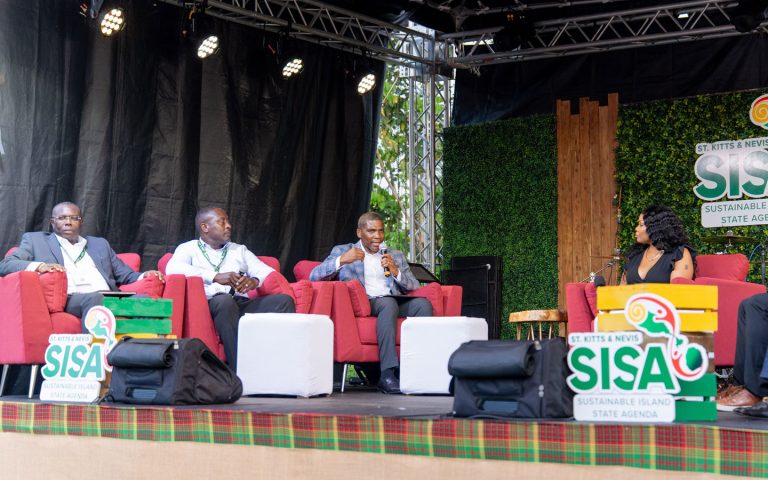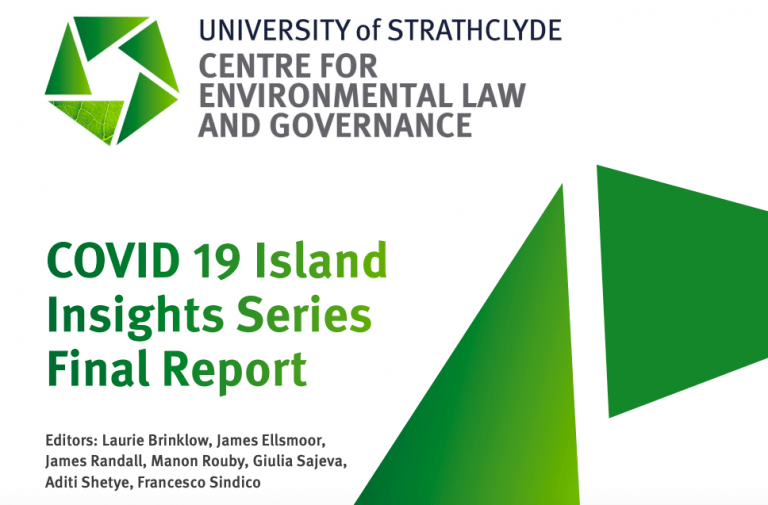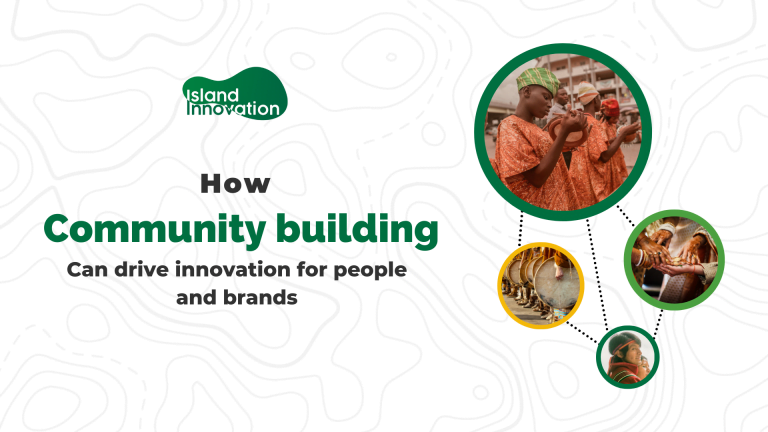Excerpt from lens.monash.edu
As a country comprising more than 300 Islands, and a population of less than one million, the risk of much of Fiji being submerged by rising sea levels is real – 42 villages have so far been earmarked for potential relocation to higher ground, and six have already been moved.
Young Fijians are spearheading many innovative solutions to combat the threat of climate change, but how youth can address climate change is complex.
On the one hand, traditional Fijian culture pays deference to elders, and youth are expected to learn by passive observation of their elders and remain largely silent unless called upon.
Along with women, young people can be excluded from village discussions on important matters. However, this expectation of youth passivity can become problematic, because more than 60% of the Fijian population is under 35 (sometimes referred to as the “youth bulge”), and many of them are keen to become “leaders in civil discourse, politics and the climate justice movement”.
In Suva, we had the opportunity to engage with many of these youth leaders. We learned about POLYP (Pacific Ocean Litter Youth Project), a youth program to collect plastic waste washed up on the foreshore and repurpose it into works of art (Fiji has no recycling program), as well as how youth are regenerating coral that has been bleached by rising sea temperatures or destroyed by the cyclones that have been striking Fiji with increasing intensity.
In addition to these initiatives, we found two youth-led programs that were particularly impressive and ambitious.
